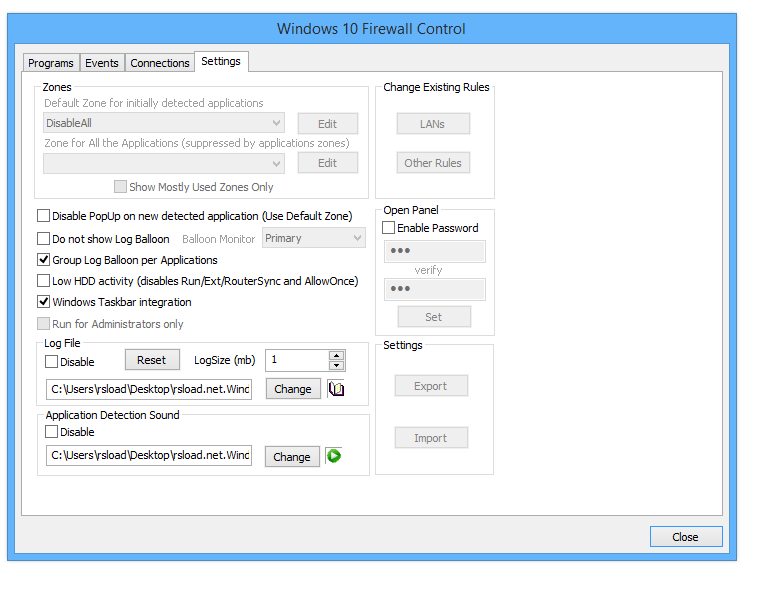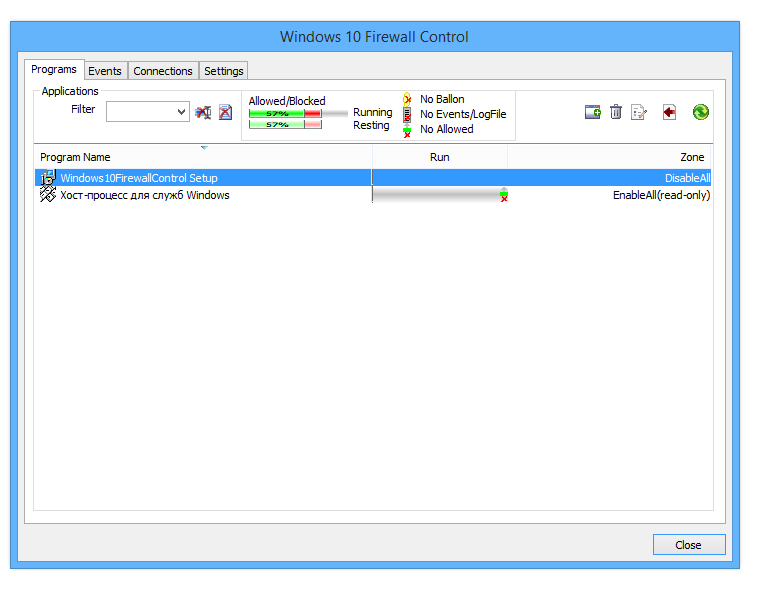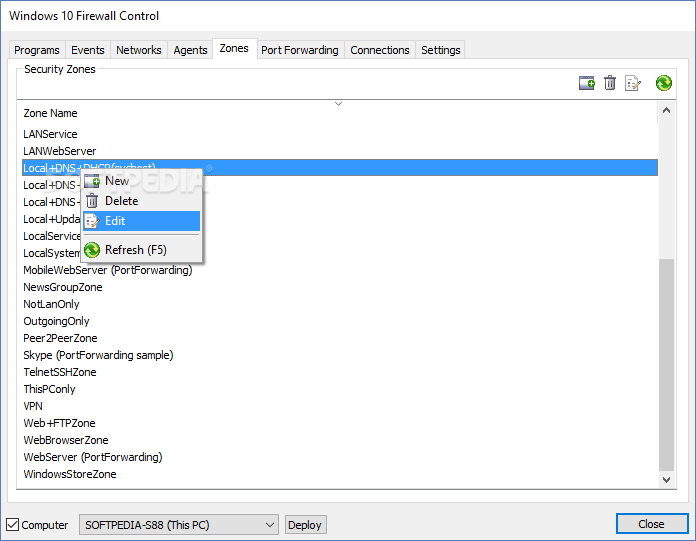

- WINDOWS 10 FIREWALL CONTROL AUTO START ACTIVATE WINDOWS 10
- WINDOWS 10 FIREWALL CONTROL AUTO START ACTIVATE SOFTWARE
- WINDOWS 10 FIREWALL CONTROL AUTO START ACTIVATE WINDOWS
HKEY_LOCAL_MACHINE\SYSTEM\CurrentControlSet\Services\BFEĪfter navigating to the BFE option, right-click on BFE and choose Permissions… option from the context menu.

Step 2: In the Registry Editor, browse to the path listed here:
WINDOWS 10 FIREWALL CONTROL AUTO START ACTIVATE WINDOWS
Step 1: Access Registry Editor in Windows 10. Way 5: Forcibly Enable Windows Firewall using Command Prompt.Way 4: Reset Windows Defender Firewall Settings.Way 3: Restart Windows Defender Firewall Service.Way 2: Change the Value data of Windows Defender.
WINDOWS 10 FIREWALL CONTROL AUTO START ACTIVATE WINDOWS 10
Fortunately, there are 5 simple but effective ways to help you fix Unable to Activate Windows Defender Firewall issue as soon as possible on your Windows 10 system. If you don’t get your Windows Defender Firewall activated right away on your system, this will prevent it from keeping your operating system protected online. That is they are unable to activate Windows Defender Firewall. Therefore, it is recommended to have it turned on constantly.īut it has recently been reported that many Windows 10 users are having trouble activating the Windows firewall. If you don’t keep it running, that means your computer could potentially be in danger every time you connect to the Internet or other networks.
WINDOWS 10 FIREWALL CONTROL AUTO START ACTIVATE SOFTWARE
If your organization has applied any policies to configure the firewall those will be reapplied.One of the most important built-in features of Windows 10 is the Windows Defender Firewall, which is designed to help prevent hackers or malicious software from gaining access to your PC through the Internet or a network. Restore firewalls to default - If someone, or something, has made changes to your Windows Firewall settings that is causing things not to work properly you're just two clicks away from resetting the settings back to the way they were when you first got the computer.

Most users won't want to dig into it that deeply adding, changing, or deleting rules incorrectly can cause your system to be more vulnerable or can cause some apps not to work. Network and Internet troubleshooter - If you're having general network connectivity issues you can use this troubleshooter to try and automatically diagnose and fix them.įirewall notification settings - Want more notifications when your firewall blocks something? Fewer? Here's where you can configure that.Īdvanced settings - If you're knowledgeable about firewall settings this will open the classic Windows Defender Firewall tool which lets you create inbound or outbound rules, connection security rules, and see monitoring logs for the firewall. Learn more about that process (and why you might not want to) at Risks of allowing apps through Microsoft Defender Firewall. Also on the Firewall & network protection page:Īllow an app through firewall - If the firewall is blocking an app you really need, you can add an exception for that app, or open a specific port. Turning this on increases your security, but may cause some apps to stop working. Checking this box tells the Microsoft Defender Firewall to ignore the allowed apps list and block everything. Under the Incoming connections section you'll find a single checkbox for Blocks all incoming connections, including those in the list of allowed apps. We recommend leaving it on unless you absolutely need to turn it off. Important: Turning the firewall off may increase the risk to your device or data. You'll also find a simple slider for turning the firewall on, or off, for that type of network. Usually your computer will only be connected to one network at a time. Here Windows Security will tell you which, if any, networks of that type you're currently connected to. When you select one of the three network types you'll get the settings page for it. Most of the other devices connected to it belong to strangers and you'd probably prefer they not be able to see, connect to, or "discover" your device. The Wi-Fi at your local coffee shop, however, is a public network. We call that "discoverable" because all the devices on that network are allowed to "discover" each other. So you might be fine with those other devices being able to see yours.

Your home network might be an example of a private network - in theory the only devices on that network are your devices, and devices owned by your family. The key difference is whether other devices on the same network are allowed to see, and maybe connect to, your device. You can specify that a particular network your device connects to is "private" or "public".


 0 kommentar(er)
0 kommentar(er)
